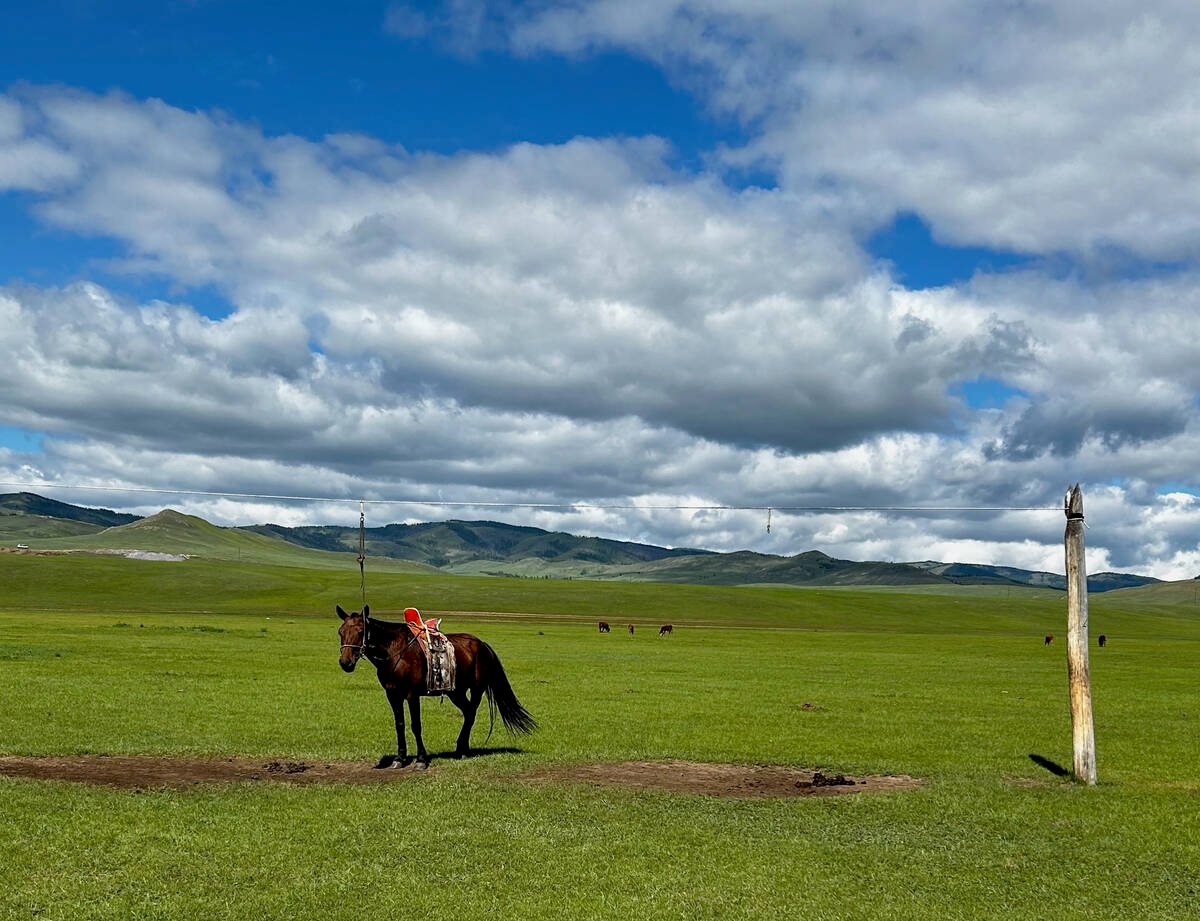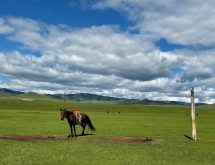The University of Saskatchewan is overhauling its two year diploma in agriculture program.
Dan Pennock, associate dean at the College of Agriculture and Bioresources, said the new program will reduce the number of majors available to diploma students but will allow them to transfer directly into a four-year degree program, receiving full credit for the courses they have already completed.
Under the old diploma program, also known as vocational agriculture, students wishing to transfer into a four-year degree program received only partial credit for the courses they had completed.
Read Also

University of Saskatchewan experts helping ‘herders’ in Mongolia
The Canadian government and the University of Saskatchewan are part of a $10 million project trying to help Mongolian farmers modernize their practices.
“Before, students got relatively little credit for their diploma time,” Pennock said.
Classes for the new diploma program have been restructured and some have been eliminated.
The first students admitted to the new program will begin their studies in September.
Pennock said the changes are part of an ongoing effort to improve the program’s economic viability and make the diploma more relevant to the needs of students.
The college launched an internal review of the program about two years ago to address student concerns and dwindling enrolment.
Pennock said enrolment in the program has been declining steadily over the past decade.
In its heyday during the 1970s and 1980s, vocational agriculture attracted more than 100 students a year.
Last year, only 18 students enrolled in the program.
“The diploma program has been very successful for us over the years but like many diploma programs across Canada, it has struggled over the last 10 years or some,” Pennock said.
“No diploma programs in Canada right now are thriving.”
In the past, the program offered students the choice of four majors: general agriculture; animal science; agribusiness and agronomy.
Under the new program, general agriculture and animal science have been eliminated.
“There was simply not much student demand for the general agriculture and the animal science majors.”
Pennock said the move to accommodate full credit, direct transfers from the diploma program into the degree program is consistent with the college’s efforts to establish direct transfer agreements with other prairie colleges such as Lakeland College in Vermilion, Alta., and the Saskatchewan Institute of Applied Science and Technology (SIAST).
Some students attending those colleges can also receive full credit for their courses if they choose to transfer into degree programs at the college.
“There was really a feeling that if we were going to set up these transfer agreements with SIAST and colleges elsewhere, we should really have one for our own diploma program.”
Entrance requirements for the new program will also increase. In the past, students with a 65 percent high school average were eligible for admission in the diploma program.
Under the new system, students will need a 70 percent average.
Pennock said the higher entrance requirements are unlikely to hurt enrolment.
“In the past few years, we’ve hardly had any applicants in that 65 to 70 percent range,” he said.
The ag diploma program has been in existence for more than 90 years at the U of S.
More than 4,000 students have graduated since it was first established as an associate degree program in 1913.















